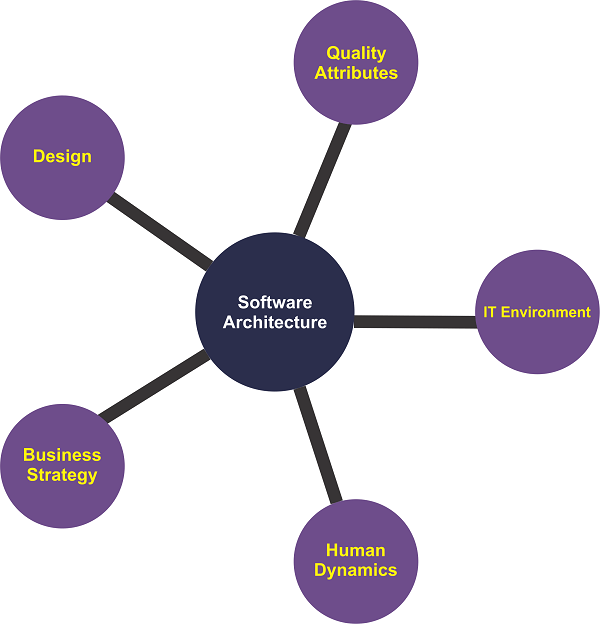Difference Between System Architecture and Software ArchitectureWhat is System Architecture?
A System Architecture is a design that tells us about the design and structure of a system. It also tells us how the system is used and interacts with another system. A System has many parts, and it performs many functions. It provides a detailed view of how various components of a system are interlinked with each other to perform some given objective. The system architecture provides information about the organization, relationships, and behaviour of different elements within a system. It may include software, hardware, networks, databases, and interfaces. System Architecture ensures that all the system components are working together efficiently. It is used for making some critical design decisions and defining the system's structure, interfaces, communication protocols, and data flow. System architects consider many factors when designing the architecture, such as performance, reliability, scalability, security, maintainability, and usability. The system architecture is a blueprint for developing and implementing complex systems. System Architecture involves databases, application servers, user interfaces, and integration modules. This architecture involves web servers, application servers, databases, and client-side interfaces. Note: Some Common Types of System Architecture include Monolithic Architecture, Client-Server Architecture, Layered Architecture, Peer-to-Peer Architecture, etc.What is Software Architecture?
Software architecture is the basic structures of the software, their responsibilities, and how software works to achieve the desired result. The Software architecture also establishes the communication protocols, data flow, and interfaces between different software components. Key aspects of software architecture include Modularity, Architectural Patterns, Data Management, Deployment, Scalability, etc. Software architecture is typically documented through architectural diagrams, including block diagrams, component diagrams, and interaction diagrams. These diagrams visually represent the system's structure and help communicate the design to stakeholders and development teams. The functional software architecture supports system development by providing a roadmap for implementation, aiding in collaboration among developers, and facilitating system understanding and maintenance. It plays a crucial role in building robust, scalable, maintainable software systems that align with the desired goals and requirements. Examples of Software Architecture
Difference Between System Architecture and Software Architecture
Next TopicDifference Between
|
 For Videos Join Our Youtube Channel: Join Now
For Videos Join Our Youtube Channel: Join Now
Feedback
- Send your Feedback to [email protected]
Help Others, Please Share










